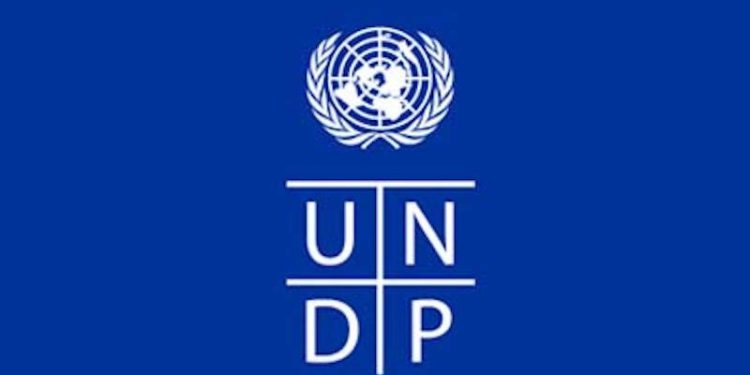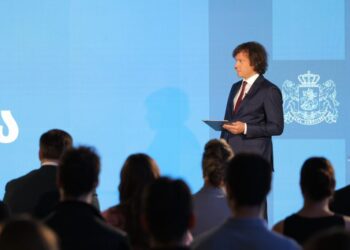Tabatskuri in eastern Georgia is distinguished by its biodiversity, wetlands and alpine picturesque meadows. Located at 2,000 meters above sea level, at the border of the Ktsia-Tabatskuri managed reserve, the area is among the country’s best birdwatching spots and is home to the velvet scoter, a large sea duck on Georgia’s red list of endangered species.
A group of Georgian tour operators visited Tabatskuri on 10 June to explore its natural beauty and walk a newly opened ‘Velvet Scoter’s Path’. Information boards placed along the route tell visitors about the velvet scouter and its habitat and provide information about the environmental value of the Tabatskuri Lake.
The United Nations Development Program (UNDP) and the Georgian Ecotourism Association worked together to arrange the tour, drawing on the resources from the Global Environment Facility’s Small Grants Program (GEF SGP).
Earlier this year, the Georgian Ecotourism Association, with UNDP and GEF SGP support, studied environmental threats in the Tabatskuri area and assessed its ecotourism potential. Based on the results of this research, the Association worked with the local community to increase people’s engagement in biodiversity protection and explore economic opportunities associated with green tourism. New touristic products, including the ‘Velvet Scoter’s Path’, are among the tangible results of this community project that can benefit up to 600 residents of the Tabatskuri village.
“Tabatskuri is one of Georgia’s hidden gems, rich with biodiversity and ecotourism opportunities. I am proud that UNDP helps promote sustainable tourism in this attractive area and improve the livelihoods of the local community,” said Nino Antadze, UNDP Energy and Environment Team Leader in Georgia.
The UNDP-managed GEF Small Grants Program has been supporting community-based environmental initiatives in Georgia for over a decade, working in partnership with local authorities and civil society organizations to protect and conserve fragile ecosystems, promote sustainable agriculture and fisheries, increase access to low-carbon energy, and catalyze sustainable urban solutions.














